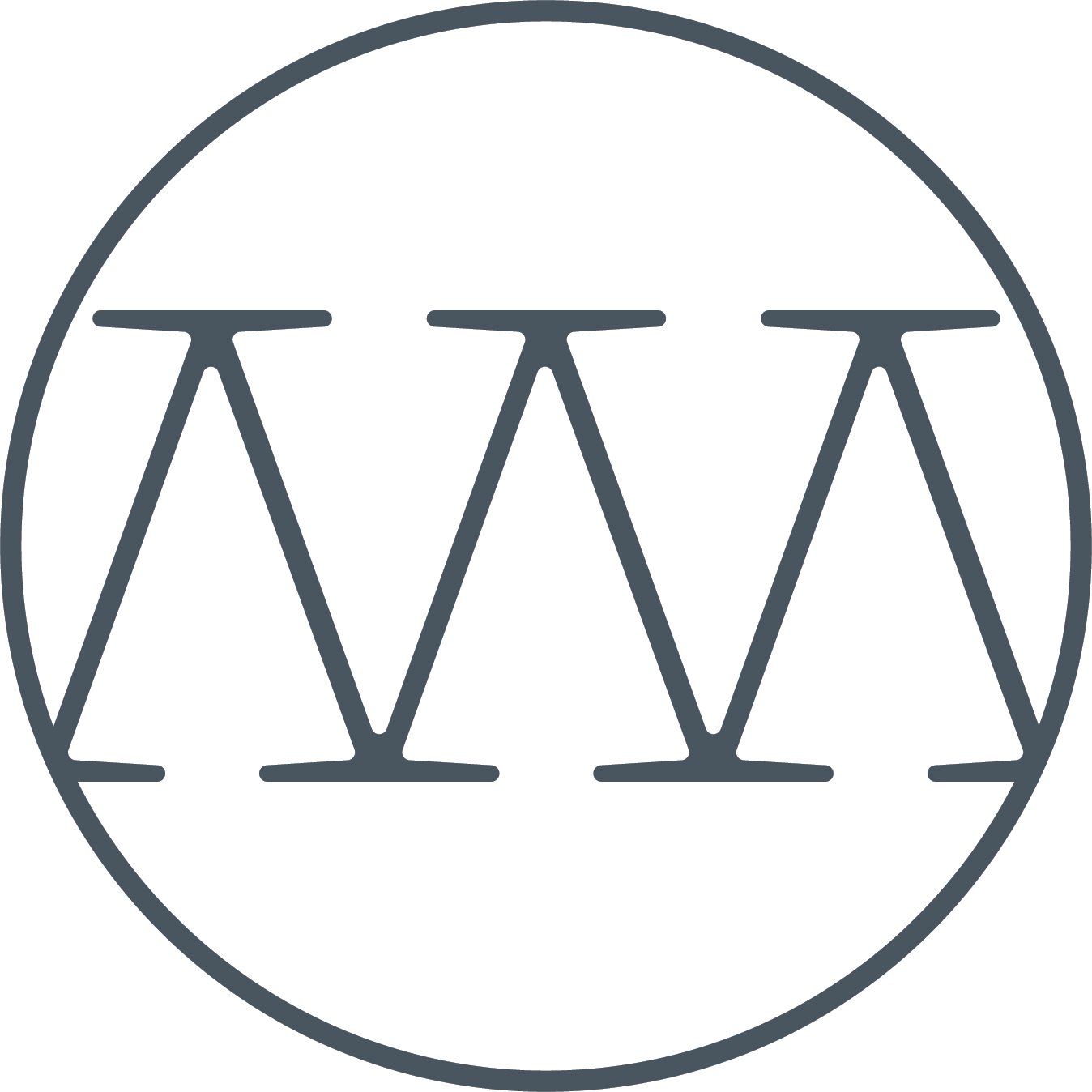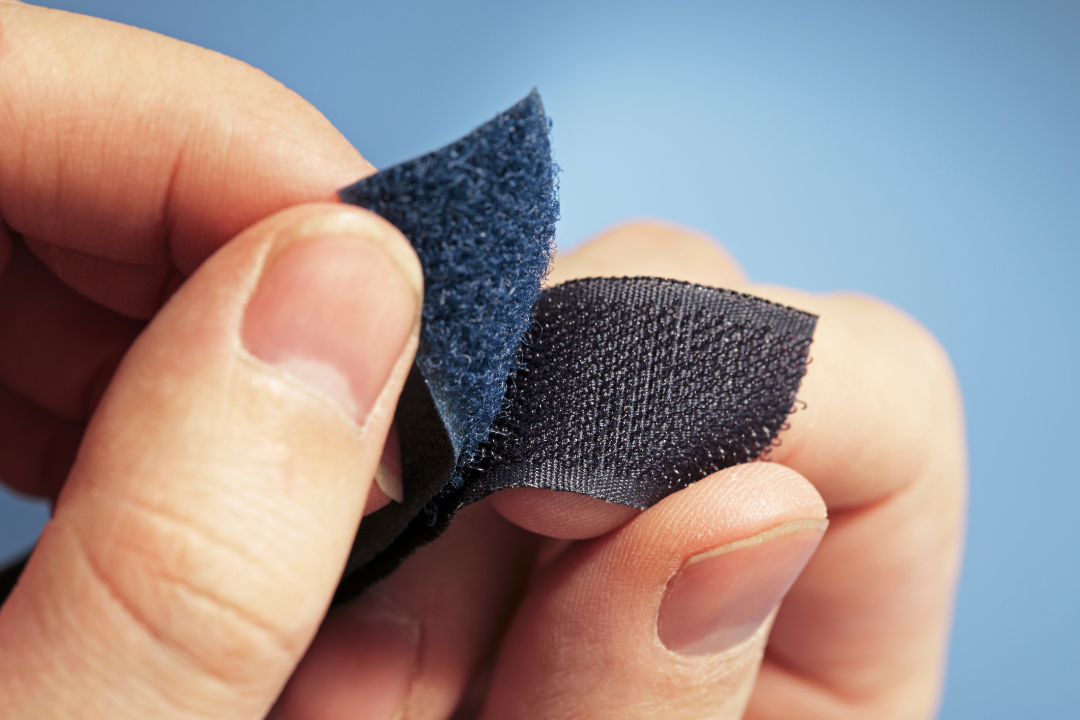Blog Posts
Articles written by the experts at MADE
4 Prototype Pitfalls That Turn Dream Products Into Expensive Lessons
Avoid costly prototype mistakes that drain budgets. Discover 4 critical pitfalls first-time designers face and smart solutions to get it right.
Why Winter is Your Secret Weapon for 2026 Product Launch Success (And How to Use It)
Turn winter into your secret weapon for product success. Discover strategic Q4 development advantages that create spring market dominance.
Top 12 Trade Show Marketing Tips Every Sewn Product Developer Needs to Know
Learn my top trade show marketing tips for sewn product developers to stand out at events and drive sales.
Apparel Marketing Strategy: Why Early Brand Building Drives Launch Success
Learn why a successful apparel marketing strategy starts before the launch and 5 key strategies to build brand awareness and drive sales.
How to Break into the Sewn Product Industry: Useful Tips for First-Time Entrepreneurs
New to sewn products? Learn how to research your market, design smart, test prototypes, and prepare for a successful launch with these first-time entrepreneur tips.
How to Make Your Sewn Products Stand Out in a Competitive Market
Want to make your sewn products stand out? Learn how to market with intention, build a brand that connects, and get ready to test your sample batch like a pro.
Buckles and Sliders 101: A Designer’s Guide to Choosing and Using Adjustable Fasteners
Learn how to choose and use the right buckles and sliders for your sewn product designs. Explore types and tips to ensure durability, usability, and aesthetic fit.
Velcro 101: A Designer’s Guide to Choosing and Using Hook-and-Loop Fasteners
Learn all about hook-and-loop fasteners for product design. This guide covers types, functions, care tips, and design considerations for fashion, home goods, and more.
9 Common Mistakes New Product Designers Make (And How to Avoid Them)
Got a product idea? Avoid these 9 common mistakes new designers make, from skipping concept drawings to unrealistic budgets and timelines.
Three Reasons Why You Need a Sample Run Before You Move to Production
Discover why a sample run is essential before full production. Learn how it validates demand, gathers feedback, and saves you from costly mistakes.
Buttons and Snaps 101: A Designer's Guide to Choosing and Using Buttons and Snaps
Learn how to choose and use buttons and snaps in your product designs. This guide covers types, functions, care tips, and design considerations for fashion, home goods, and more.
Zippers 101: A Designer’s Guide to Choosing and Using Zippers
Learn how to choose and use the right zipper for your sewn product designs. Explore types, functions, and tips to ensure durability, usability, and aesthetic fit.
Elastic 101: A Designer’s Guide to Choosing and Using Elastic
Learn how to choose and use the right elastic for your sewn product designs. Explore types, techniques, and tips to ensure comfort, fit, and durability.
From Prototype to Clothing Manufacture: Why Preparation Matters
Ready to take your sewn design from prototype to production? This beginner’s checklist covers everything you need to prepare for clothing manufacture with confidence.
How to Use Prototypes to Test and Perfect Your Sewn Product
Whether your concept is original or an improvement of an existing product, you can expect to create a prototype, test it, and improve it at least once.
What Makes a Good Concept Drawing?
Every new product idea starts with a concept sketch. It doesn’t matter how you draw your concept; what matters is that you have something visual to start with.
How to Know if You’re Ready for Small Batch Manufacturing
Do you need small batch manufacturing or sample batch manufacturing? What are the differences, and which is right for you? Find out inside this guide for entrepreneurs.
7 Inspiring Reasons to Develop Your Sewn Product Idea in 2025
Wherever your inspiration comes from, 2025 is the perfect time to develop your sewn product idea, and here are seven reasons to show you why.
The Important Difference Between 2D Patternmaking and 3D Design
2D patternmaking and 3D design are useful processes in creating sewn products and garments. Knowing the difference is the key to an efficient workflow.
Labels and Tags 101: A Designer’s Guide to Labeling your Product
Ready to pick labels for your product? This article tells you everything you need to know to choose, design, and place product labels and tags effectively.





















